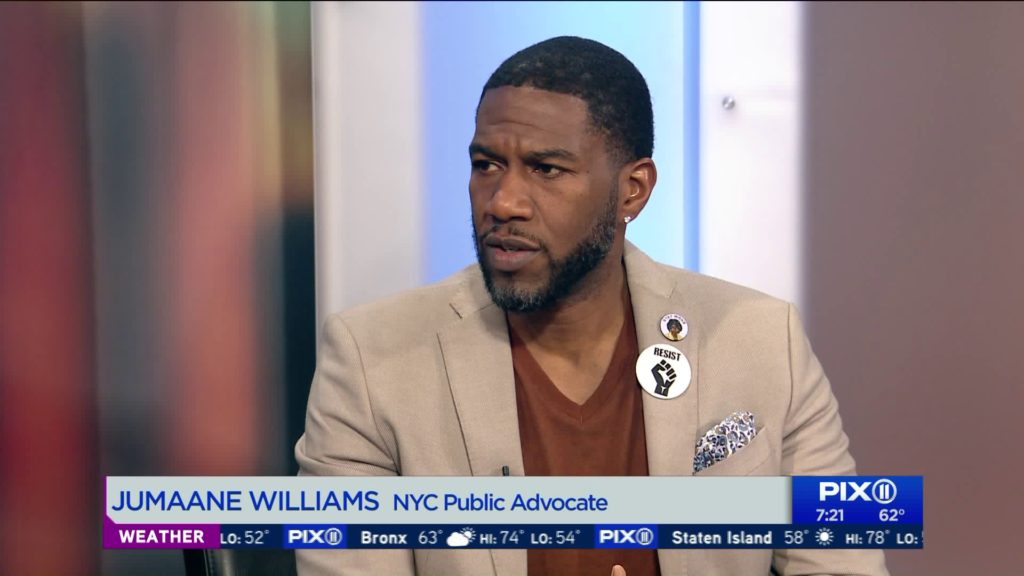
Coronavirus has sparked changes throughout the education system forcing students and teachers to participate in virtual learning. Disinfecting the schools and social distancing guidelines are implemented to assure safety. Students have to maintain social distance, carry hand sanitizer, and wearing a mask has become mandatory.
As the fall semester approaches, students will attend school 2-3 days per week. Their desks should be at least one meter apart. Other health guidelines ensure that there are soap and hand sanitizer stations in bathrooms, classrooms, halls, and near exits. Lastly, remove trash frequently to help prevent germs from spreading. With these new guidelines, there is a great need to hire more teachers to facilitate smaller remote classes.
New York City Public Advocate Jumaane Williams suggests “launching a citywide remote curriculum focused on wellness and mental health support in September and expanding the city’s enrichment centers to be used for childcare of essential workers.” Even though there’s a push for In-person learning, Williams believes it should be
“on hold until October to give the city more time to prepare facilities and consult medical experts on reopening plans.”
In other words, there should be a continuation of remote learning until guidelines are established for in-person learning.

There are concerns for students’ safety wearing masks all day, the risk of the virus being transmitted to homes via students, and teachers falling victim to the virus. Overall, health and safety come first. Plans to reopen comes from contributions of public health experts and surveys from families. Williams hopes that reevaluating the reopening will determine if it’s safe to expand in-person learning insight of a possible second wave of the virus. In other words, there should be a continuation of remote learning until guidelines are established for in-person learning.










